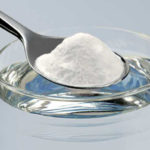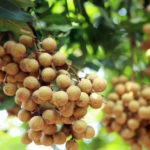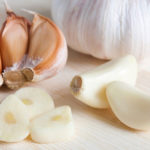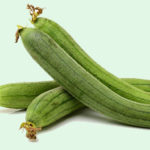1. Watermelon rind
Watermelon rind contains a lot of water and fiber. Specifically, the green part of the rind is where citrulline is found, an amino acid believed to enhance libido; it can also lower blood pressure and relax your arteries.
How to eat: A popular way to eat watermelon rind is to pickle it, turning it into a delicious and nutritious snack.
2. Carrot tops
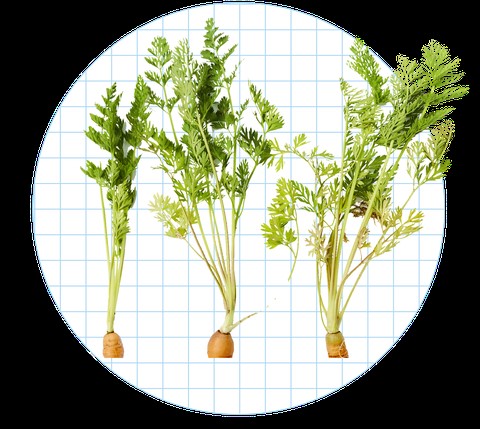
Carrot tops have a slightly bitter taste, but they are rich in vitamins, along with calcium and iron.
How to eat: You can use carrot tops to mix in salads or make pesto sauce.
Although tough and less sweet, pineapple cores contain the same nutrients as the rest of the fruit. Pineapple is rich in bromelain, an enzyme that helps reduce inflammation and can even alleviate muscle and joint pain. According to experts, this fruit also has cancer-fighting properties as it helps break down fibrin protein clots.
How to eat: Cut the pineapple core into small pieces and add it to fruit salads, or grill it to soften the core.
4. Banana peel
It may sound unbelievable, but banana peels contain a lot of vitamin B6 and B12, which are good for your immune system and many people lack these two nutrients.
How to eat: Try grilling them and enjoy.
5. Citrus peel

Studies have shown that citrus peels contain more vitamin C than the flesh of the fruit. Additionally, many other nutrients are found in the peel: calcium, iron, folate, magnesium, and potassium,…
How to eat: Grate and add them to salads to increase fiber content and enhance flavor, or put them in a blender when making smoothies.
6. Cabbage leaves
Cabbage leaves are a great source of fiber, vitamin A, calcium, and potassium, so don’t miss out on them.
How to eat: Stir-fry them with other vegetables or mix with olive oil and lemon juice as a simple salad.
7. Avocado seed
Avocado seeds contain substances that can reduce total cholesterol levels and bad cholesterol while acting as antioxidants.
How to eat: Make sure the avocado seed is completely dry, put it in a blender and grind it. After grinding it into powder, add a little when making fruit smoothies or sprinkle some on salads.
8. Kiwi skin

The skin of this fruit contains more nutrients than what’s inside it. In fact, according to some studies, kiwi skin provides three times the amount of fiber compared to the green flesh. So if you eat kiwi without peeling the skin, you will absorb more vitamin C.
How to eat: Bite directly into the fruit and enjoy.
9. Mango skin
Eating the skin of this tropical fruit allows you to naturally absorb antioxidants, fiber, vitamin A, vitamin C, plant-based nutrients,… Some laboratory studies have shown that mango peel extract has more antioxidant properties than the flesh of the fruit.
How to eat: Eat it raw without any processing.
How to Effectively Treat Fishbone Issues at Home
Everyone loves feasting on the deliciousness of fish during the holidays. But, unfortunately, choking on fish bones is an unavoidable issue that may lead to devastating consequences if left unattended for a prolonged period. Let’s see how Dien May Xanh can help us out when fish bones get stuck in our throat.
























